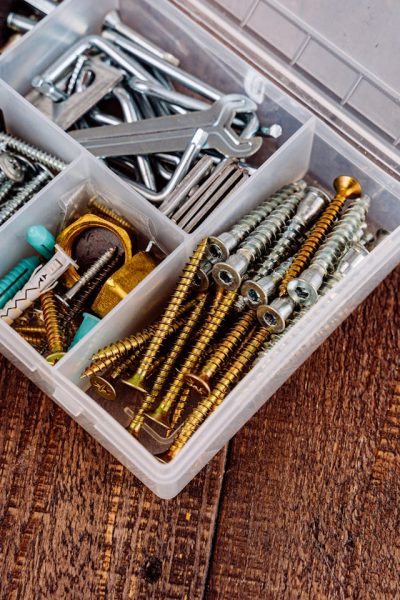Cap nuts and bolts are essential components in many fastening systems, offering both functional and aesthetic advantages. They play a crucial role in securing parts together while also providing a protective cover for the fastener. In this comprehensive guide, we’ll explore the function, various applications, and benefits of cap nuts and bolts, ensuring you gain a clear understanding of their importance in different industries and use cases.
What Are Cap Nuts and Bolts?
Cap nuts and bolts are fastening components used in a wide range of industries and applications. While they share a similar purpose—securing objects together—they each serve distinct functions. A cap nut is a type of nut designed to fit over the exposed end of a bolt, often providing both protection and a cleaner, finished look. Bolts, on the other hand, are threaded fasteners that pair with nuts to hold parts in place.
Cap nuts are designed with a closed-end, usually hexagonal or rounded in shape, and they are threaded on the inside to fit onto bolts. The bolt itself typically has a cylindrical shaft with external threads that engage with a matching nut or cap nut. Together, these components ensure that mechanical connections are both strong and secure. In many cases, cap nuts are used where the bolt’s end is visible and where safety or aesthetics are important.
Function of Cap Nuts and Bolts
The primary function of cap nuts is to cover the exposed end of a bolt, protecting it from damage and providing a neat, professional appearance. This is particularly important in situations where the fastener is visible, such as in automotive or furniture assembly. By covering the sharp edges of the bolt, cap nuts also reduce the risk of injury to people who may come into contact with the fastener.
In addition to enhancing safety, cap nuts protect the bolt’s threads. When bolts are exposed to harsh environmental conditions, their threads can become worn or damaged, which compromises the integrity of the fastening system. Cap nuts act as a barrier, shielding the threads from moisture, dirt, and other contaminants that may cause corrosion or rust. This contributes to the longevity of the fastener and ensures the connection remains secure over time.
Cap nuts also have aesthetic value, particularly in consumer products like furniture and electronics. The smooth, polished surface of a cap nut can improve the overall appearance of a finished product, making it look more refined and professional. In some cases, the choice of cap nut material and finish can even enhance the product’s design.
Applications of Cap Nuts and Bolts
Cap nuts and bolts are used across a wide variety of industries, each application benefiting from the unique features of these fasteners. One of the most common applications is in the automotive sector. In car assembly and repairs, cap nuts are frequently used to cover the bolt heads that secure parts such as bumpers, fenders, and engines. Not only do they provide a clean look, but they also ensure that bolts do not cause injury to workers handling these components.
In construction, cap nuts and bolts are essential for structural integrity. Whether in bridges, buildings, or machinery, these fasteners are used to secure components together while offering a smooth, finished appearance for exposed parts. They also play a role in protecting bolts from the elements, preventing rust and corrosion that could undermine the structural strength of the building.
Cap nuts are also commonly used in the furniture industry. When assembling tables, chairs, or shelving units, manufacturers often use cap nuts to cover bolt heads, providing a polished, professional finish to the furniture. This is particularly important in consumer-facing products where appearance matters as much as function.
Types of Cap Nuts and Bolts
Cap nuts and bolts come in various forms to suit different needs. The most common type is the standard cap nut, which is typically used for general fastening applications. These cap nuts are available in several sizes to fit different bolts, and they are made from materials like steel, stainless steel, and brass to ensure durability.
Flanged cap nuts are another popular variation, designed with a flange or wider base that provides additional surface area for better grip and load distribution. This feature makes them particularly useful in applications where a secure hold is crucial, such as in structural assembly or heavy machinery.
Wing cap nuts are a specialized form of cap nut with wings on either side, making it easier to tighten and loosen them by hand without the need for tools. This design is ideal for situations where fast assembly and disassembly are required, such as in DIY projects or temporary structures.
Conclusion
Cap nuts and bolts are versatile and essential components in fastening systems. Whether for safety, aesthetics, or durability, they provide numerous benefits in a wide range of industries. By understanding their function, applications, and advantages, you can make informed decisions when selecting these fasteners for your projects. Whether you’re working on automotive repairs, construction, furniture assembly, or specialized applications, cap nuts and bolts offer a simple yet effective solution to enhance both the functionality and appearance of your work.


